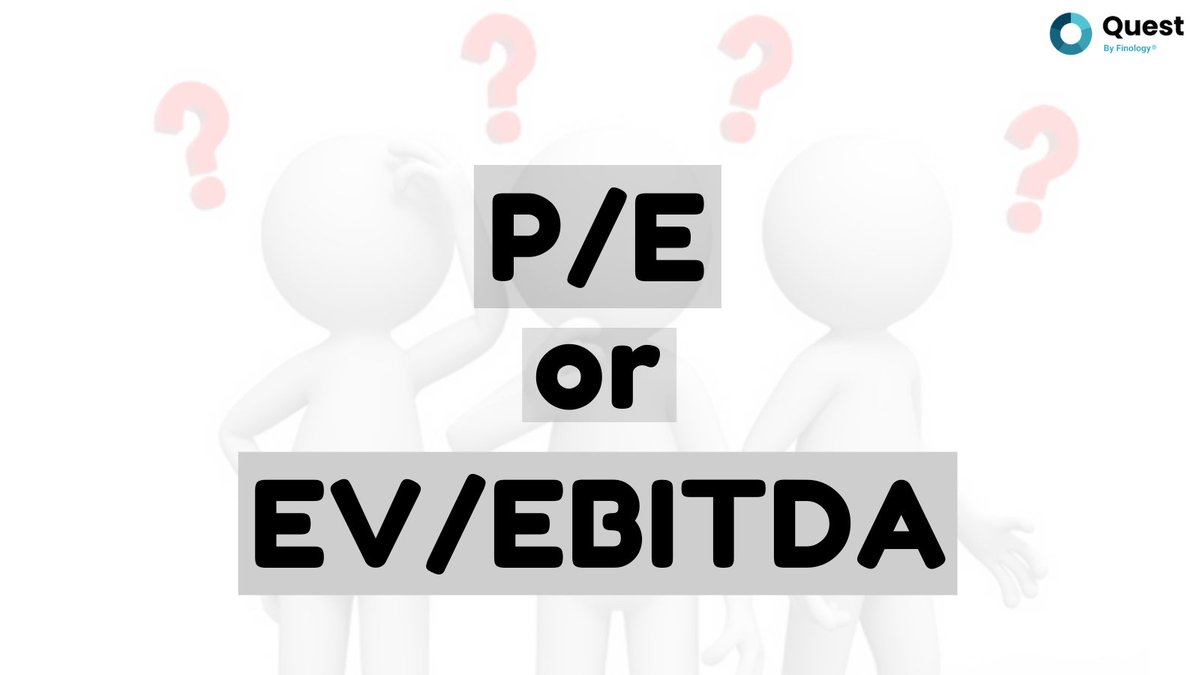
Why "Return on equity" can be misleading?
One #Ratio that is loved by all investors is the Return on equity ratio, and something that holds so much importance for investors, companies sometimes tend to amplify those ratios. Let's see how they do it!
- Ek Dhaaga 🧵 1/15
One #Ratio that is loved by all investors is the Return on equity ratio, and something that holds so much importance for investors, companies sometimes tend to amplify those ratios. Let's see how they do it!
- Ek Dhaaga 🧵 1/15

What is ROE, though?
It measures the profitability of a company. It tells how much money a company generates on the shareholder's funds.
It can be calculated with a simple formula:
Return on Equity (ROE) = Net Income/Shareholder’s equity.
#Ratio #sharemarket 2/15
It measures the profitability of a company. It tells how much money a company generates on the shareholder's funds.
It can be calculated with a simple formula:
Return on Equity (ROE) = Net Income/Shareholder’s equity.
#Ratio #sharemarket 2/15
Easy to calculate, right? All you have to do is find the net income on the income P&L and divide it by the shareholder's equity on the balance sheet. However, this simple metric has several flaws that keep it from being useful.
#sharemarket #StockMarket
3/15
#sharemarket #StockMarket
3/15
Problem 1 "Share buybacks": ROE can be manipulated easily. To increase the ROE, either one can increase the numerator, that is the net income or decrease the denominator i.e shareholder's #equity.
4/15
4/15
Now an ideal way is to increase the net #income by efficiently managing the operations and reducing costs, but some companies adopt the second technique of reducing the shareholder's equity.
5/15
5/15
It is done through a share buyback scheme, where a company buybacks its shares using its retained earnings or profits. Through this technique, a company amplifies its ability to turn its equity #investments into profits.
6/15
6/15
Problem 2 "High leverage":
Another drawback of "ROE" is E in it, as this formula only tells the returns on the shareholder's equity and ignores the debt component in the #Capital structure.
7/15
Another drawback of "ROE" is E in it, as this formula only tells the returns on the shareholder's equity and ignores the debt component in the #Capital structure.
7/15
Generally, for a company to increase its ROE, it has to increase net income, to increase the income a company would require additional investments, and a company can get additional investments either through #debt or #equity.
8/15
8/15
When a company raises capital through equity, it decreases the ROE. So, some companies raise the capital through debt, which would increase the profits, and inflate the ROE, as it only considers shareholders #equity.
9/15
9/15
But higher debt in the capital is risky as, during an economic downturn, the company may default on interest payments. So, the companies that rely heavily on #debt may have a higher ROE.
10/15
10/15
Problem 3 "Net Earnings": Net earnings of a company can be manipulated easily by the management of the company. As different companies use different methods to arrive at net #earnings.
11/15
11/15
How to interpret ROE?
If we break down the formula of #return on equity we get
ROE= Net Profit Margin * Total Asset Turnover Ratio * Financial Leverage
This is called the Dupont formula.
12/15
If we break down the formula of #return on equity we get
ROE= Net Profit Margin * Total Asset Turnover Ratio * Financial Leverage
This is called the Dupont formula.
12/15
It breaks down ROE into 3 different ratios and with this formula, you can check what is driving the ROE of the comp.
Net Profit Margin tells us how well the company is managing its costs. Higher NPM would mean more earnings for the cos per unit of sales & a higher ROE.
13/15
Net Profit Margin tells us how well the company is managing its costs. Higher NPM would mean more earnings for the cos per unit of sales & a higher ROE.
13/15
The asset turnover ratio tells us how efficiently the company uses its assets to generate revenue; high asset turnover ratio means the #company is deploying its assets efficiently.
Financial leverage is the extent to which the company uses debt to finance its operations.
14/15
Financial leverage is the extent to which the company uses debt to finance its operations.
14/15
Ideally, a firm should have a high Net Profit Margin, a high Asset Turnover Ratio and should use less leverage to generate high ROE. We have discussed more such advance concepts in our course on quest: Advance concepts related to stock market: quest.finology.in/courses/advanc…
15/15
15/15
• • •
Missing some Tweet in this thread? You can try to
force a refresh







